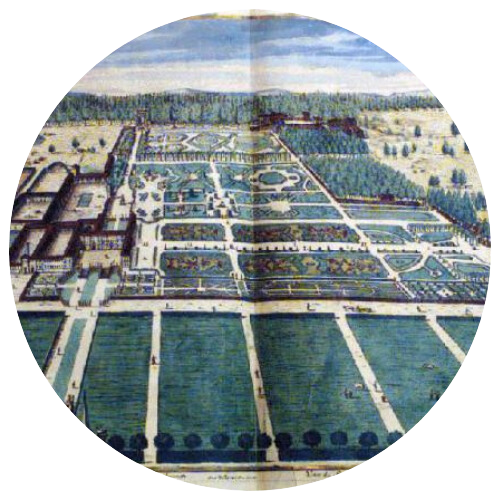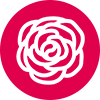History
This relatively small property (about one hectare) is a concentration of architectural and landscape mastery from the seventeenth century to the twentieth and has a spectacular view which sweeps over Florence and the Arno valley from the hill outside the town of Settignano. The villa was finished in 1610 and inhabited by the Lapi family until it was sold to the Capponi Marquesses, who extended the garden and added statues and fountains.
In 1896 the property was taken over by an eccentric Russian lady, Catherine Jeanne Keshko, wife of Prince Eugenio Ghyka, who dedicated part of her life to enrich the austere layout of evergreens with colored plantings of roses and flowers and transforming the eighteenth century Italian style garden next to the villa into an ingenious, luminous interplay of volumes and spaces, where basins of water bordered by clipped box substitute parterres. The 225 meters lengthwise axis is a great grassed avenue which runs between a nymphaeum at the north decorated with bas-reliefs and opens out over the valley to the south. Along the 105 meters cross axis, is a cabinet decorated with statues, water games and four exquisite symmetrical flights of steps which give access to two secular holm oak woods and the lemon garden, with tree peonies and espaliers of “Albertine” roses.
This garden has exerted a great influence over two great contemporary landscape architects due to the perfection of its architectural layout, Geoffrey Jellicoe, who was inspired by it in his restoration of the garden at Sutton Place, and Pietro Porcinai, born in Settignano and son of one of the Gamberaia gardeners.























